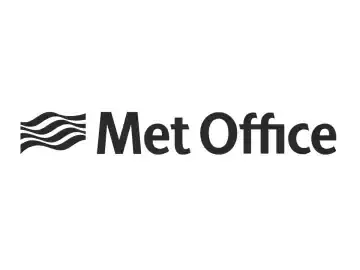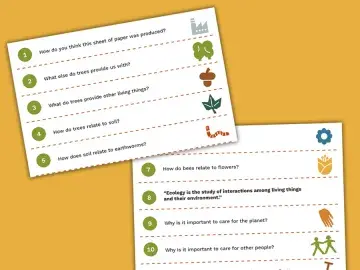
What is the difference between weather and climate?
Climate is the long term average of daily weather conditions allowing for seasonal variations and viewed on a regional scale. Elements which make up climates are: temperature, rainfall, wind, pressure, humidity, cloud, sunshine and fog.
This activity enables learners to compare the climate with the weather on the day they are completing the activity, using up to date World Meteorological Organization data.
This activity is provided by © Royal Geographic Society (with IBG) under an 'All Rights Reserved' license.

Preparation
What you need
- images of extreme weather conditions (slides)
- location cards Set 1 and 2
- postcard template
- World Meteorological Organisation live data
- weather memory bank live data
Location
Indoors
Resources
Step by step
Use the instructions below to guide learners through the activity, making use of the resources listed in the resources section.
Starter
What is out the window?
- Have a look outside your classroom window, what do you see? What's the temperature? Is it raining or snowing?
- Look at the images of extreme weather; heat, hurricane, blizzard, sandstorm.
- How does the extreme weather make you feel?
- What would a typical day be like for you in summer, winter, spring and autumn?
Main activity
In your groups, look at the location cards: card selection one and card selection two.
Between you, create climate graphs for each place using this WMO (World Meteorological Organisation) link.
Compare the climate for each location with the weather it is experiencing today using the WMO data.
Plenary
Wish you were here?
Write a postcard from a holiday in a place in the UK or abroad. Describe what the climate in your location is normally like, and compare this to the weather on the day you are writing the postcard and over the course of your holiday. Have you experienced any extreme weather?
Curriculum links
Key concepts
- Place - understanding the physical and human characteristics of real places. Developing ‘geographical imaginations’ of places.
- Physical processes – understanding how sequences of events and activities in the physical and human worlds lead to change in places, landscapes and societies.
Range and content
- Physical geography: the study of weather and climate, and why they vary from place to place.
Key processes
- Geographical enquiry
- Graphicacy and visual literacy
- Geographical communication
What to try next

Climate change science poster
Begin activity
KS3 Geography teacher guidance for Nature Park activities
Begin activity